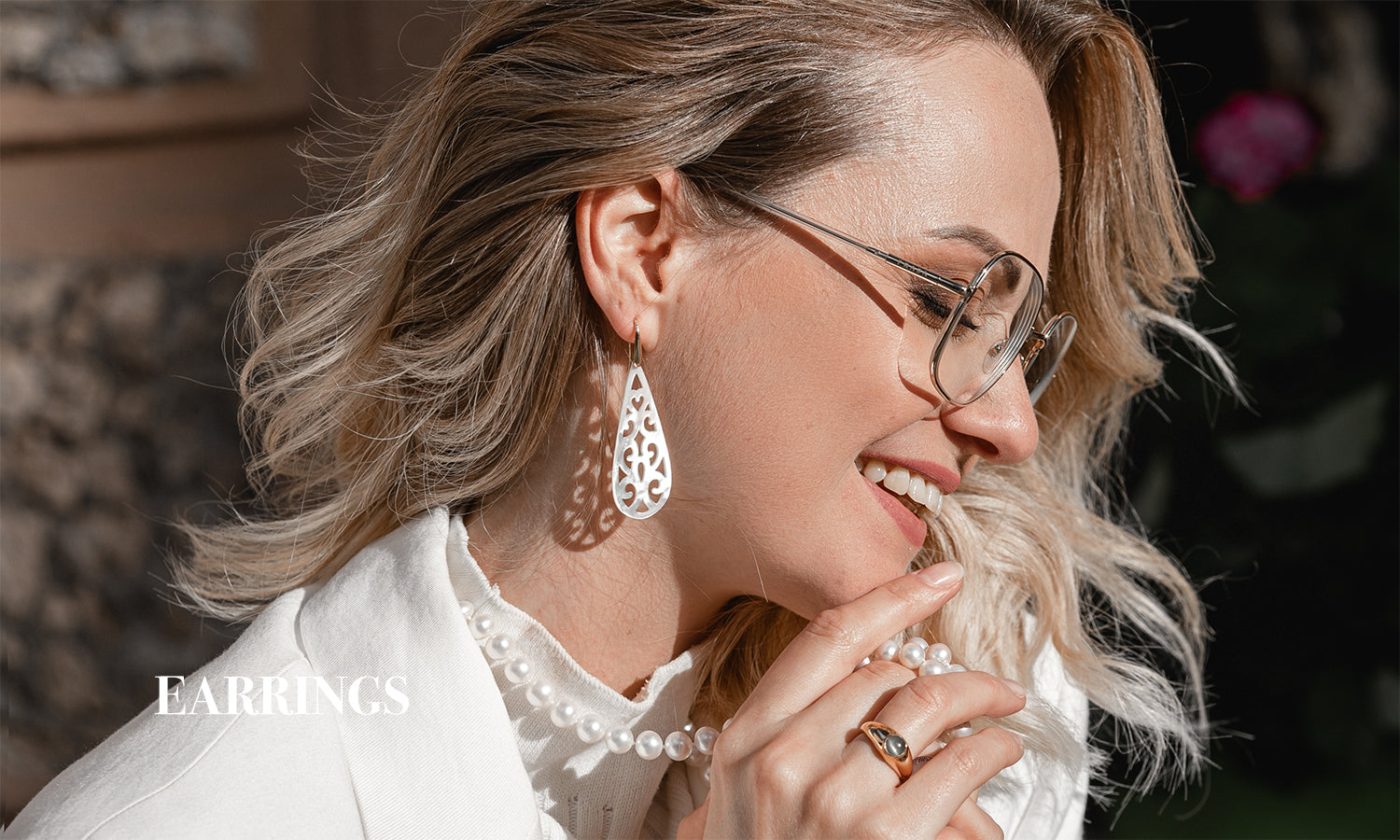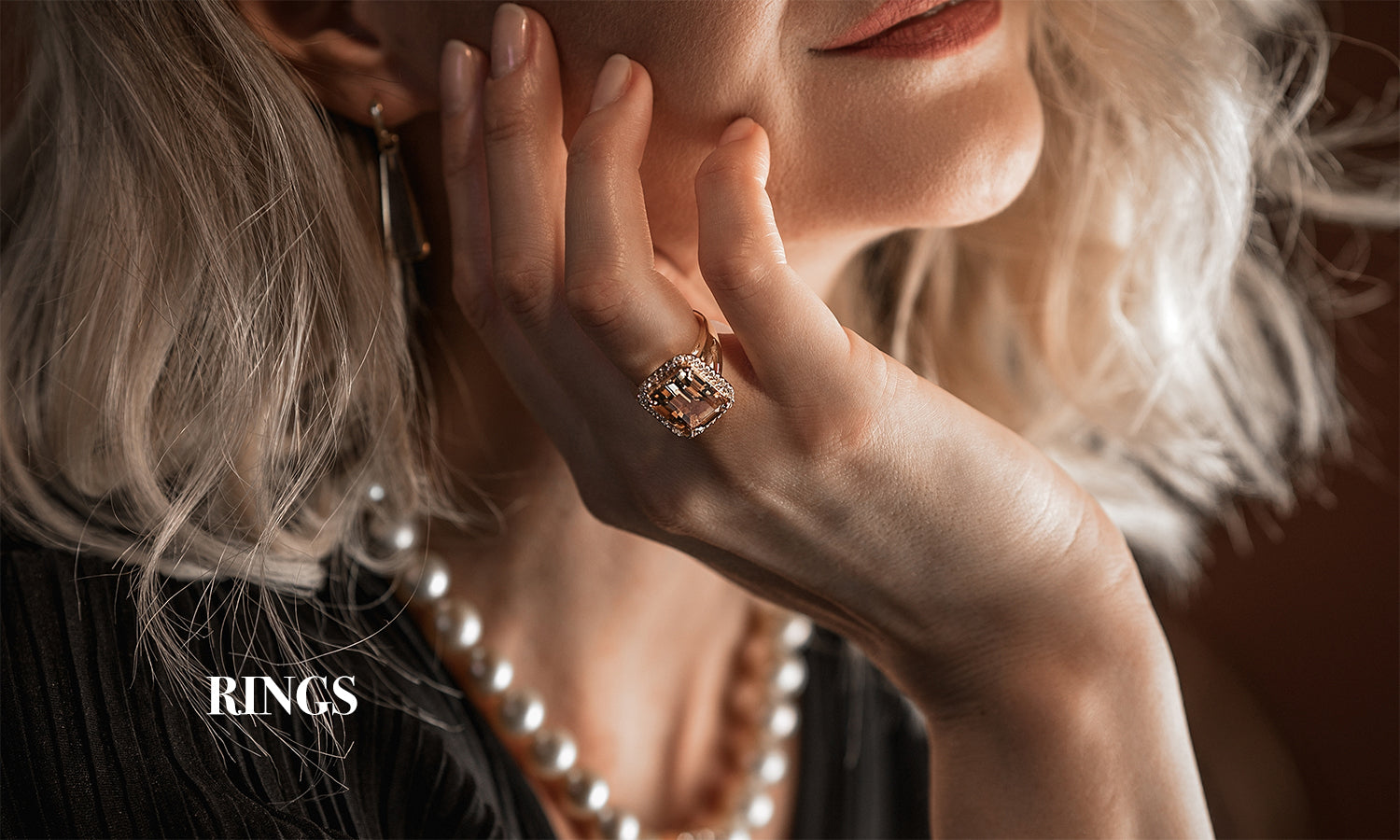
Authentic Norse Craftsmanship: A Journey into Viking Heritage and Artisan Mastery
Share
When you think of Norse craftsmanship, images of Viking longships slicing through icy waters or intricately designed jewelry showcasing ancient symbols might come to mind. Authentic Norse craftsmanship is more than just a collection of tools, materials, and techniques. It is a testament to the resilience, creativity, and culture of the Norse people who lived centuries ago and left behind a legacy that still inspires artisans today. In this article, we’ll explore the heart of Norse craftsmanship, its historical significance, and its enduring appeal in modern times.
|
Aspect |
Details |
|
Historical Significance |
Norse craftsmanship dates back to the Viking Age, reflecting the culture, beliefs, and resourcefulness of the Norse people. |
|
Key Crafts |
- Woodworking: Famous for shipbuilding, especially Viking longships. |
|
Materials & Tools |
Crafted using wood, iron, bronze, silver, gold, and bone, with tools like hammers, anvils, axes, and carving knives. |
|
Symbolism |
Designs frequently featured symbols such as the Valknut, Yggdrasil, and Thor’s hammer, representing nature, gods, and fate. |
|
Modern Revival |
Growing interest due to cultural nostalgia, sustainability, and timeless designs that continue to inspire modern artisans. |
|
Finding Authentic Crafts |
Authentic pieces come from artisans who use traditional methods and respect the cultural significance of Norse designs. |
|
Cultural Legacy |
Authentic Norse craftsmanship preserves ancient skills, offering handmade, meaningful items that honor history and artistry. |
The Roots of Norse Craftsmanship

At the height of the Viking Age (793–1066 AD), the Norse people, hailing from what is now Scandinavia, became renowned for their exceptional skills in crafting weapons, ships, jewelry, and tools. These items were not only functional but deeply symbolic, often reflecting the spiritual and cultural beliefs of the Vikings.
- Woodworking and Shipbuilding: The most famous example of Norse craftsmanship is their shipbuilding techniques. The Viking longship was an engineering marvel of its time, allowing swift navigation across oceans and rivers. Crafted with oak wood and held together using iron rivets, these ships were light yet durable, capable of withstanding the harshest seas.
- Metalwork and Weaponry: The Vikings were skilled metalworkers, known for forging swords, axes, and armor. Norse blacksmiths employed intricate forging techniques, such as pattern welding, to create weapons that were not only strong but also beautifully decorated. Many of their weapons bore designs that paid homage to their gods and mythologies, with intricate engravings of serpents, wolves, and other mythical creatures.
- Jewelry and Ornamentation: Norse jewelry is another significant expression of their artistry. Using materials like bronze, silver, and gold, Norse artisans created brooches, arm rings, and necklaces adorned with symbolic motifs. The famous Mjölnir pendants, representing Thor’s hammer, were commonly worn as a sign of protection and power.
Techniques and Tools of the Trade

Norse artisans practiced their crafts with rudimentary yet highly effective tools, many of which have been unearthed in archaeological digs. They used:
- Hand-forged hammersfor metalwork,
- Adzesand axes for wood shaping,
- Stone anvilsfor pounding and shaping metal, and
- Carving knivesfor intricate design work in wood and bone.
What sets Norse craftsmanship apart is the combination of skillful hands, deep knowledge of materials, and an eye for detail. Everything was made with purpose, and nothing was wasted.
The Role of Symbolism in Norse Crafts

Viking Tree of Life Titanium Steel Pendant for Men – Planderful Shop
Norse craftsmanship was deeply intertwined with their beliefs in gods, nature, and fate. Symbols like the Valknut, representing the cycle of life and death, and Yggdrasil, the world tree connecting different realms of existence, were commonly found in their work. These symbols weren’t merely decorative but held profound meaning, connecting the wearer or owner of the object to the gods or the forces of nature.
The Revival of Norse Craftsmanship in Modern Times

Viking Thor's Hammer Necklace - Norse Legacy Collection – Planderful Shop
Today, there’s a growing appreciation for authentic Norse craftsmanship. Modern artisans and craftspeople have revived many ancient techniques, creating items that stay true to their Viking roots. From hand-forged axes to Viking-style jewelry, these items are celebrated for their historical accuracy and timeless appeal.
Several factors are driving the resurgence of interest in Norse craftsmanship:
- Cultural Nostalgia: As people seek to reconnect with their heritage, Norse designs and methods provide a link to the past.
- Sustainability: Traditional Norse craftsmanship was grounded in the use of natural, local materials, a concept that resonates with today’s emphasis on sustainable living.
- Timeless Design: The minimalist yet powerful designs of Viking artifacts remain fashionable, attracting those who appreciate both beauty and functionality.
Finding Authentic Norse Crafts

Warrior's Heritage Nordic Necklace with Thor's Hammer Pendant – Planderful Shop
If you’re looking to own a piece of Norse craftsmanship, it’s important to ensure the authenticity of your purchase. Look for artisans who use traditional methods and materials, and who respect the cultural significance of the symbols and designs they incorporate. Whether you’re seeking a replica Viking sword, hand-carved wooden furniture, or jewelry inspired by ancient designs, authentic Norse craftsmanship offers a unique blend of history, artistry, and durability.
Conclusion
Authentic Norse craftsmanship is more than just an appreciation for ancient tools and techniques; it’s a living tradition that continues to inspire and captivate. Whether through the grace of a well-crafted longship or the intricate beauty of a Thor’s hammer pendant, the artistry of the Norse people endures. In an era of mass production, Norse craftsmanship reminds us of the value of handmade, meaningful, and carefully crafted items that carry a piece of history with them.
By investing in authentic Norse crafts, we not only support artisans who keep these ancient skills alive but also preserve a rich cultural legacy for future generations.




